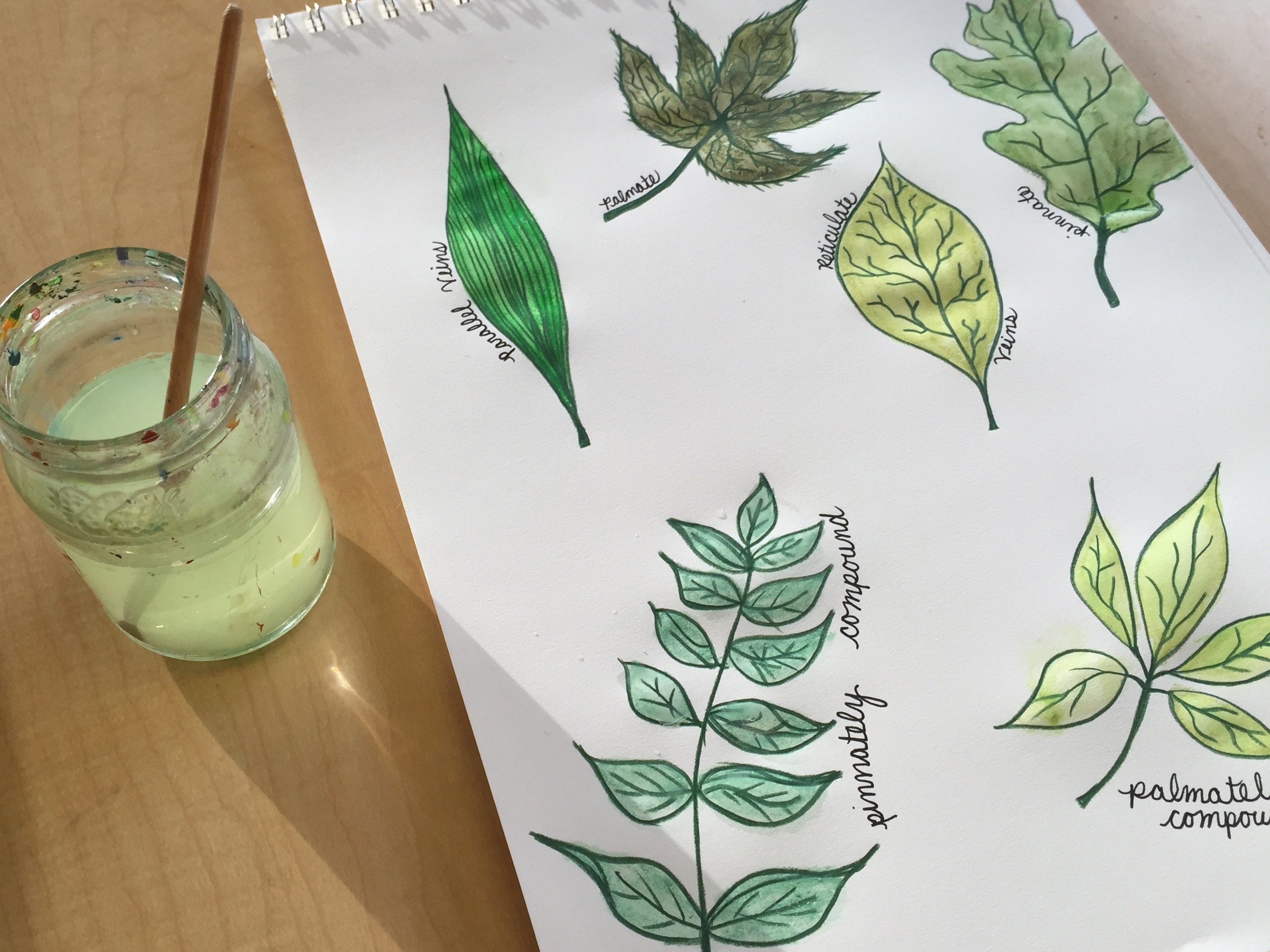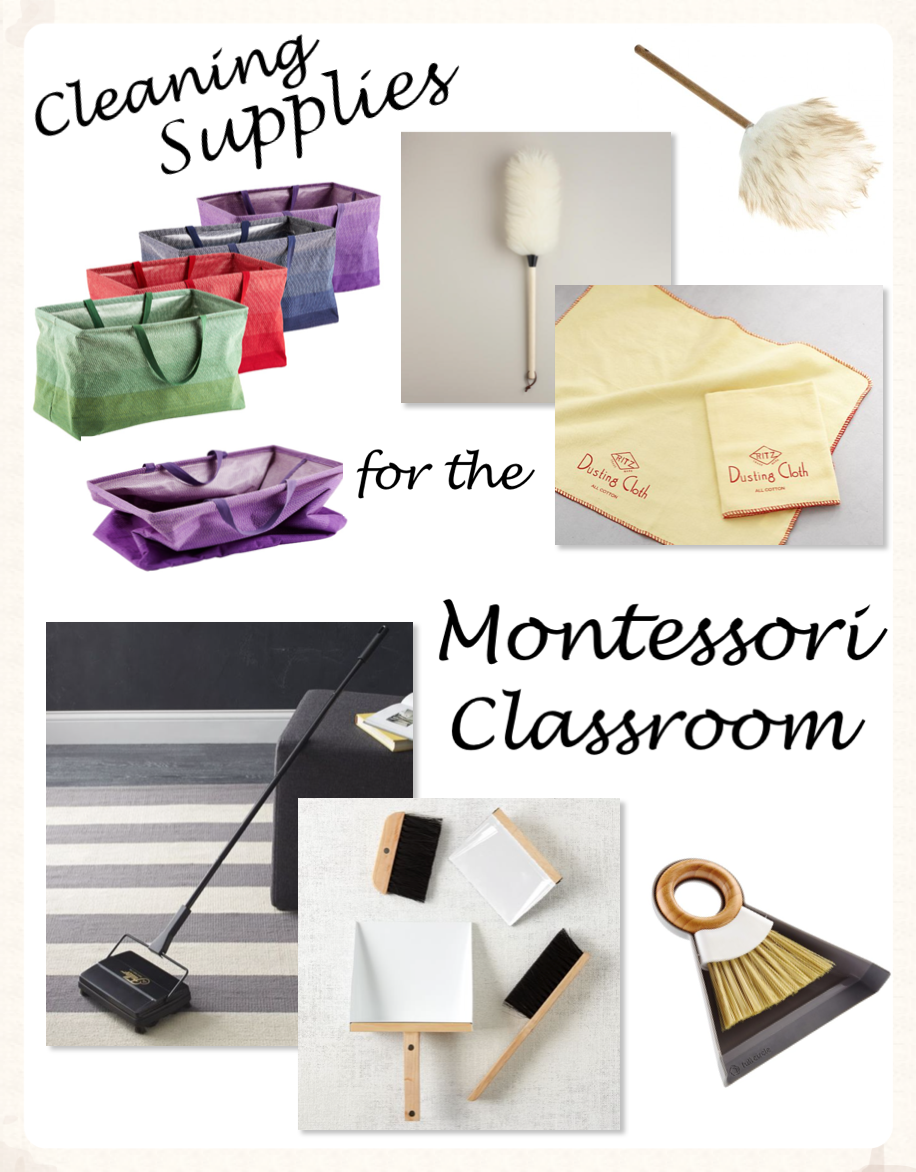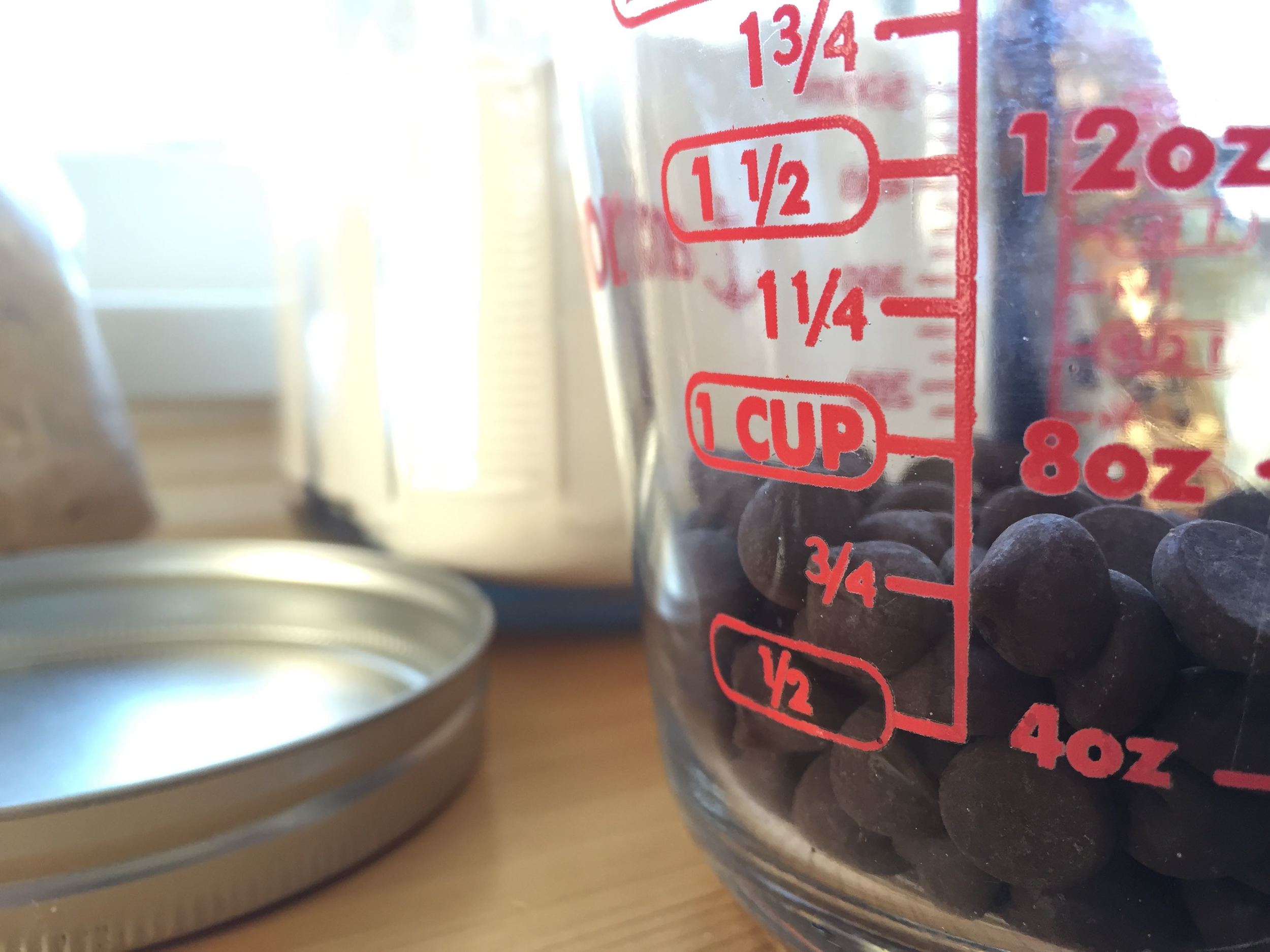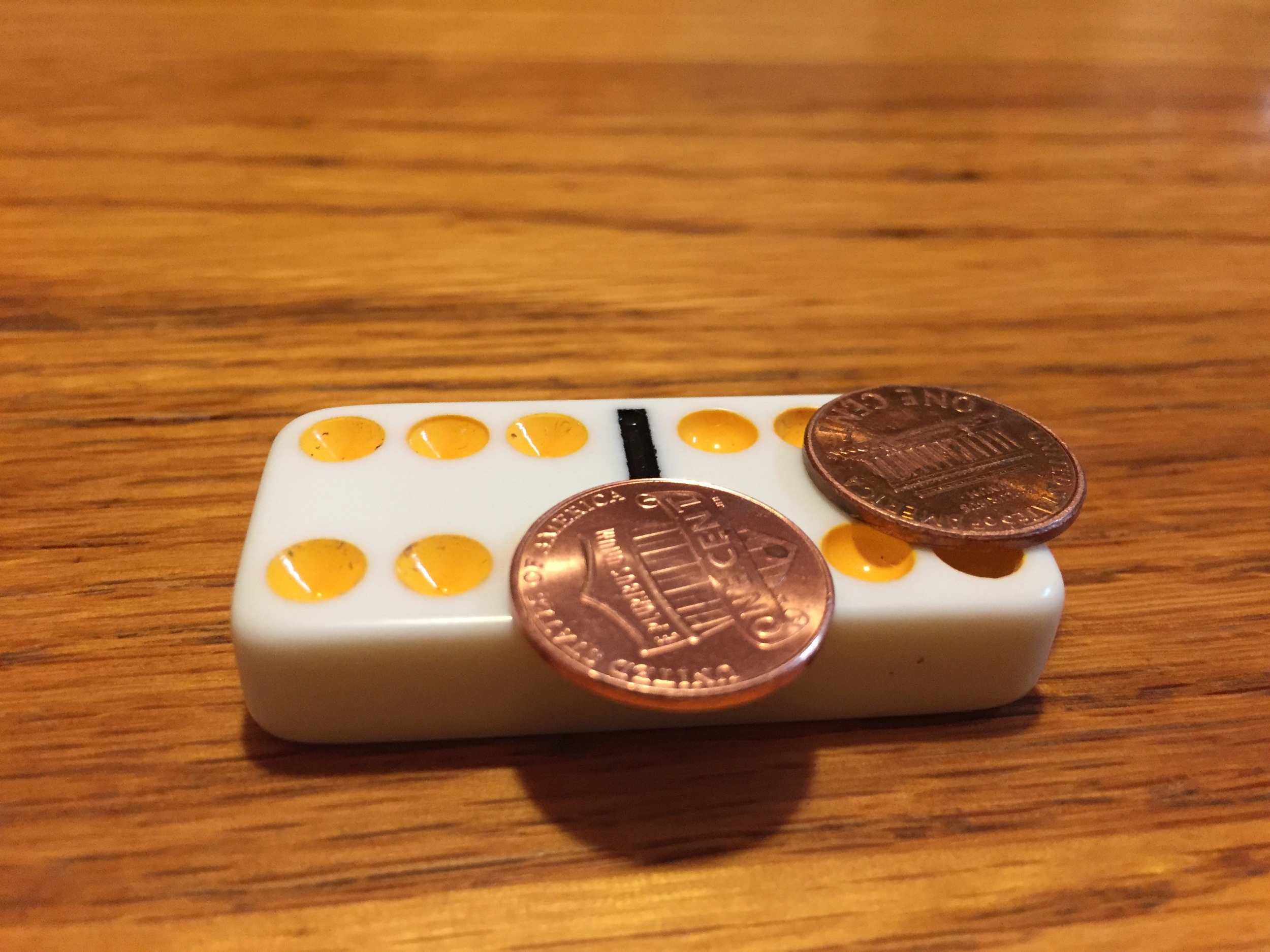Positive Phrasing: Being Mindful of How We Speak to Children
During my time at Montessori Northwest, Primary Director of Training, Ginni Sackett, shared with us elementary teachers-to-be about the impact our words have on children. She spoke about the importance of Positive Phrasing, and as a first year teacher, I find it helpful to revisit this topic often.
It is so true that in the classroom, my words often set the tone for the day. The children feed off my energy—be it good or bad. This is why I try to greet my students with a kind smile and an excited demeanor every single morning.
But being mindful of my words throughout the entire day (WHAT I say and HOW I say it) takes practice, to say the least.
Seriously, have you ever stopped to think about how many times in a single day adults say “no” or "don't" to children? These words are inherently negative, yet they sneak right into our words much more often than we intend.
“Don't run in the classroom!”
“No talking in the hallway!”
“No dessert until you’ve eaten your vegetables!”
These are common examples of negative phrasing—telling children what we DON’T want.
Let’s just stop right here and try to imagine how we, as adults, would feel if we were told “no” so many times throughout the day.
“Don't talk so loudly.”
“Don't drive so fast!"
“You really shouldn't stay up so late checking emails."
How would you feel—frustrated? Uninspired? Insecure? Sure. All of the above.
Negativity begets negativity. Always.
And, there really are nicer ways to make a point. If we are thoughtful enough not to speak to other adults in such a negative manner, shouldn't we offer that same respect to children?
Another approach? Let's not be ambiguous by telling children what we DON'T want. Instead, let's clearly & precisely set our expectations by telling children what we DO want.
“We walk in the classroom. We can run when we are outside.”
“Let’s remember to walk quietly through the hallway.”
“After we eat our vegetables, we can have dessert.”
Positive phrasing reinforces positive behaviors. Simple, but affective.
Words are our most powerful tools of communication. And like any superhero knows, power can be used for good or for evil. Our words can be positive or they can be negative.
And our children learn from us! So let's model how to speak to others in a positive and encouraging manner.
As I said before, being mindful of how we speak to children (and to other adults) all day, every day takes practice. It is an art, developed over time. Consistency is key in developing a new & positive behavior.
Many thanks to Ginni Sackett for introducing me to Positive Phrasing.
For more on being mindful of how we speak to children check out:
A Montessori Approach to Praise from Living Montessori Now
5 Reasons to Stop Saying Good Job by Alfie Kohn
Encouraging Words from Positive Parenting Solutions
Parenting Using Positive Phrasing from It's a Love/Love Thing



























